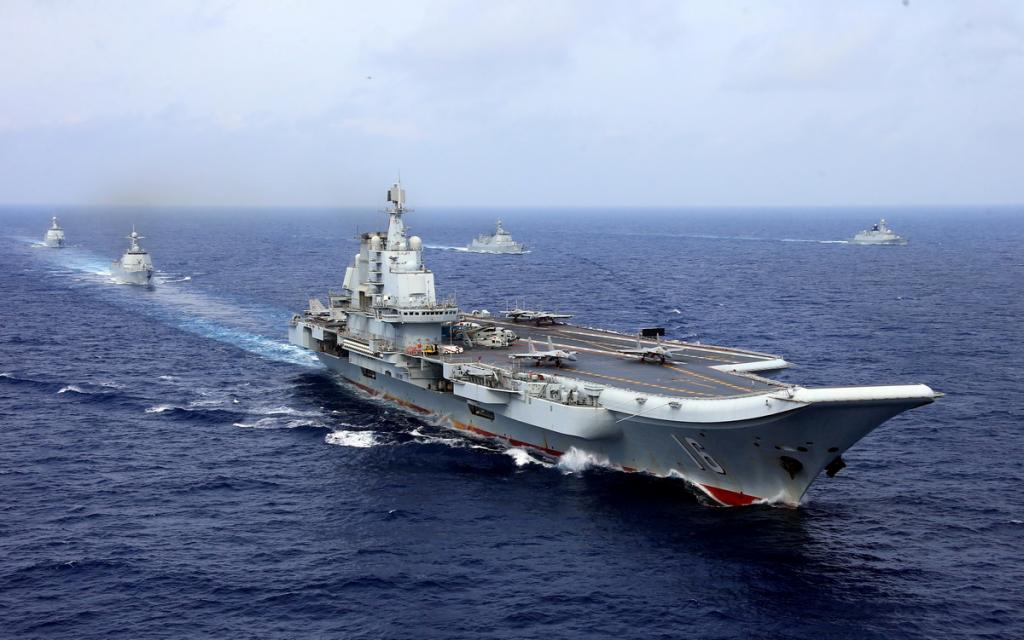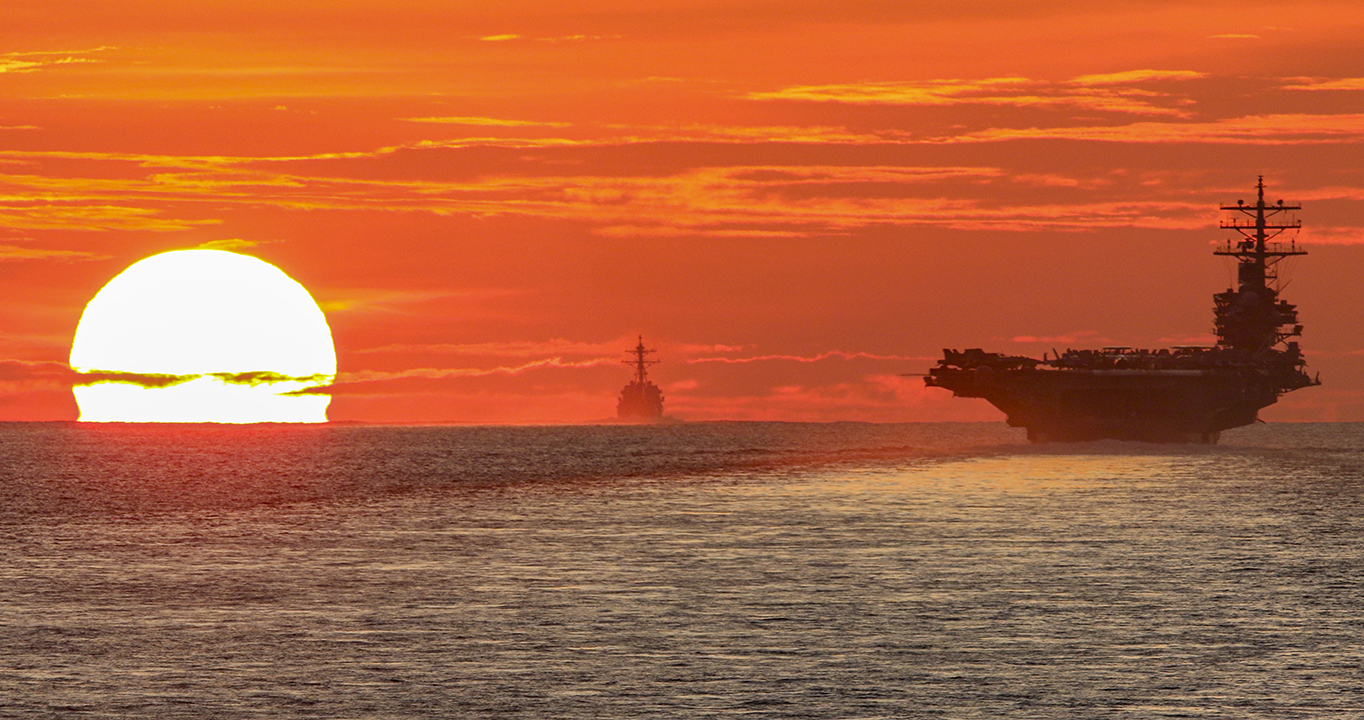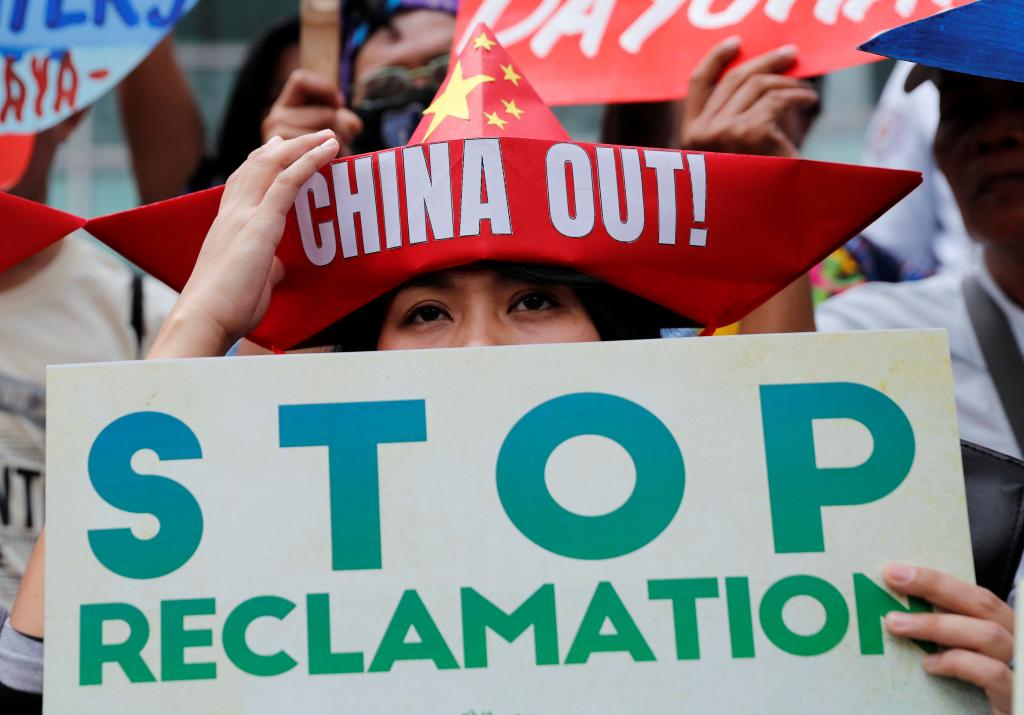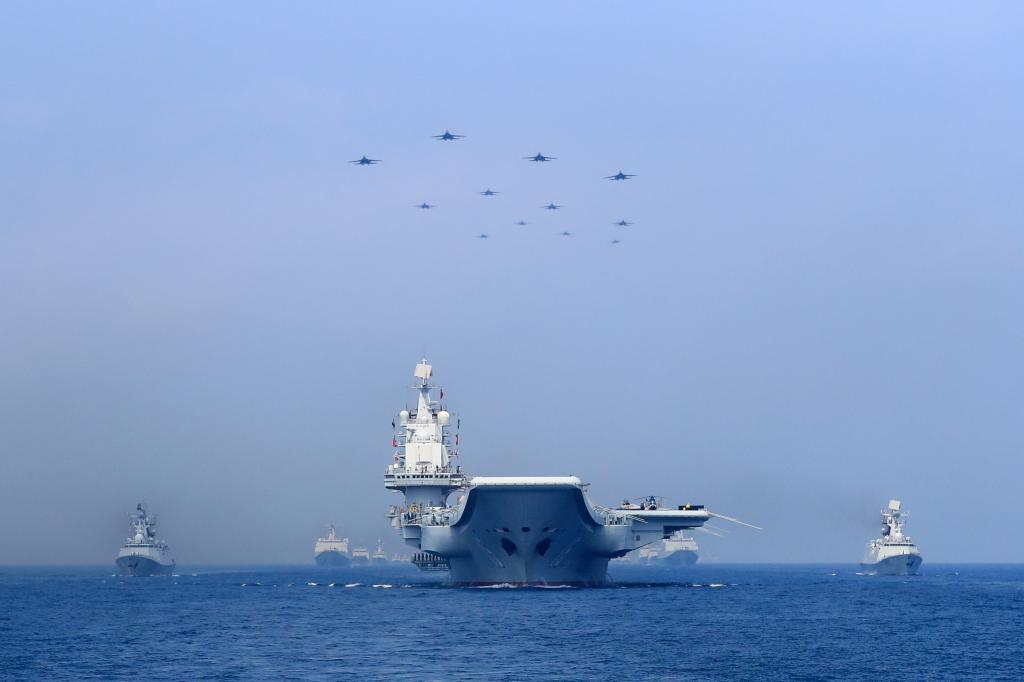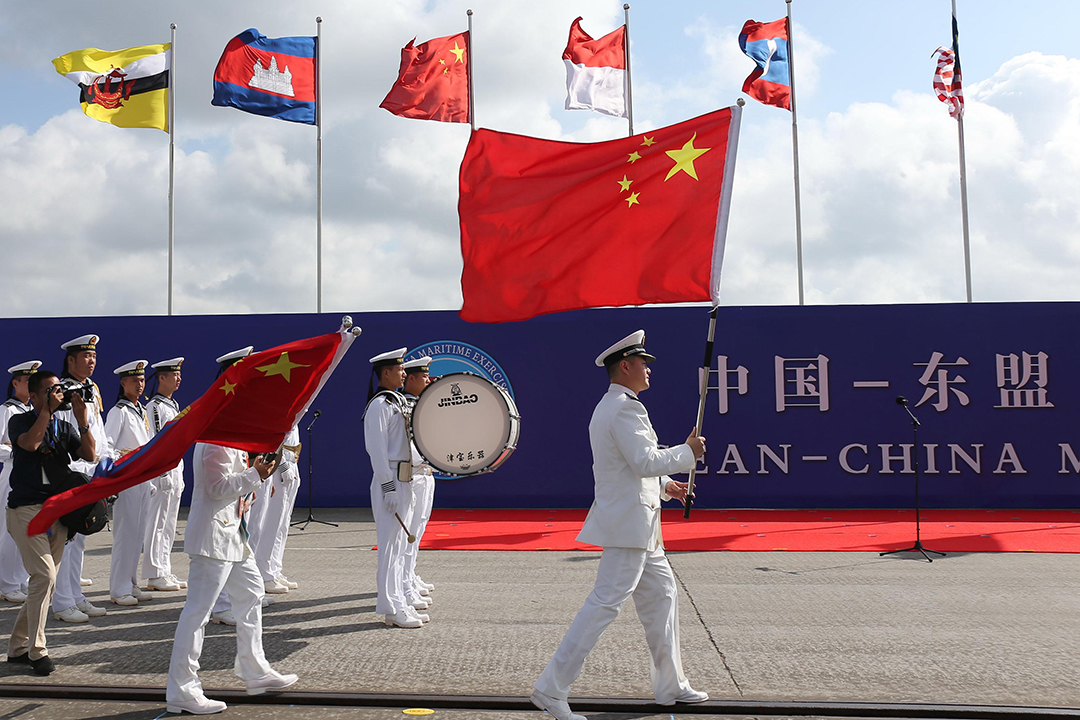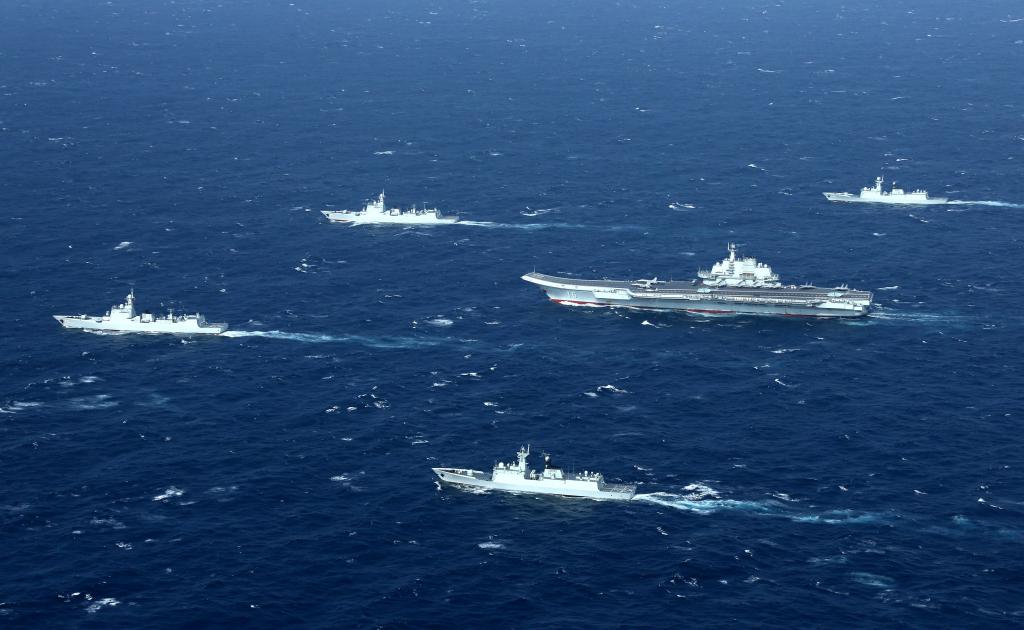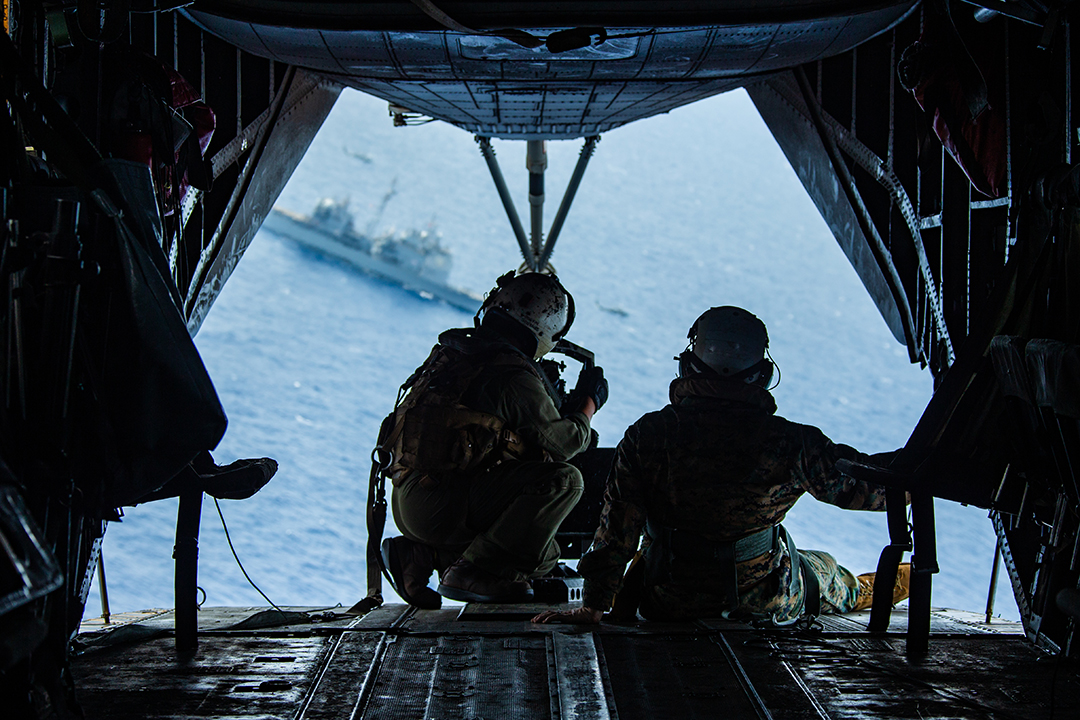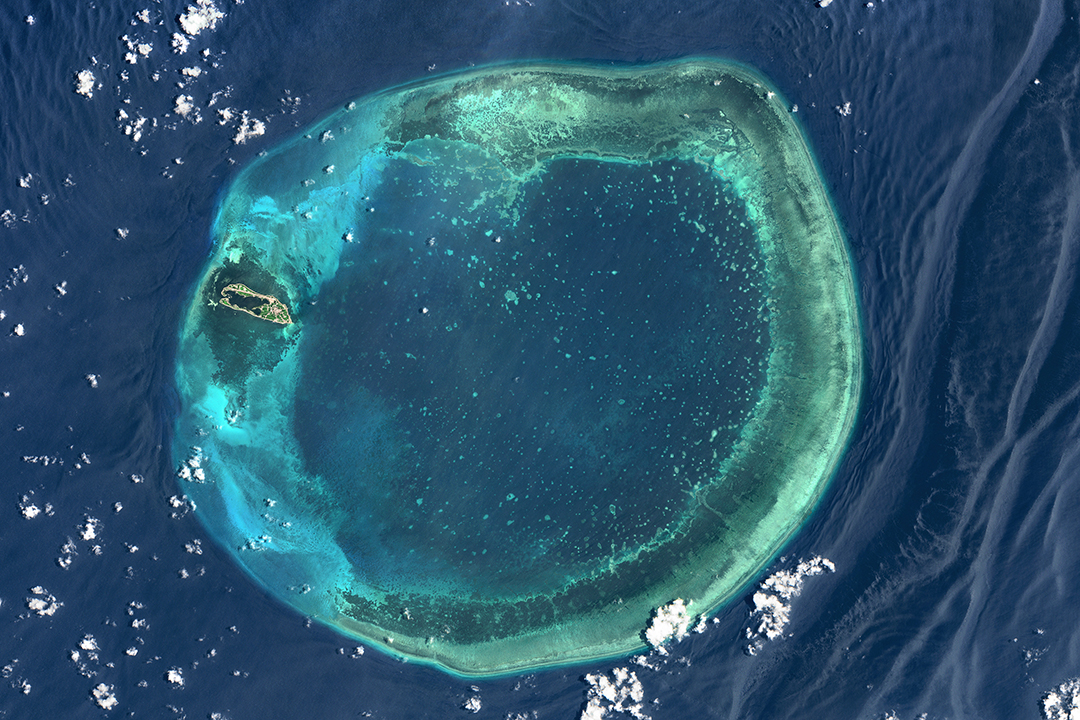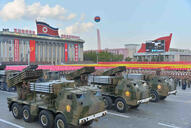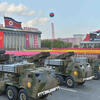China’s assertiveness in the South China Sea has steadily increased, resulting in heightened tensions with Southeast Asian claimant states, particularly the Philippines, at the Second Thomas Shoal in the Spratly Islands.
China’s sweeping claims of sovereignty over the sea—and the sea’s estimated 11 billion barrels of untapped oil and 190 trillion cubic feet of natural gas—have antagonized competing claimants Brunei, Indonesia, Malaysia, the Philippines, Taiwan, and Vietnam. As early as the 1970s, countries began to claim islands and various zones in the South China Sea, such as the Spratly Islands, which possess rich natural resources and fishing areas. The failure of Chinese and Southeast Asian leaders to resolve the disputes diplomatically could undermine international laws governing maritime disputes and encourage destabilizing arms buildups.
China maintains [PDF] that, under international law, foreign militaries cannot conduct intelligence-gathering activities, such as reconnaissance flights, in its exclusive economic zone (EEZ). According to the United States, claimant countries, under the UN Convention of the Law of the Sea (UNCLOS), should have freedom of navigation through EEZs in the sea and are not required to notify claimants of military activities. In July 2016, the Permanent Court of Arbitration at The Hague ruled on a claim brought against China by the Philippines under UNCLOS, ruling in favor of the Philippines on almost every count. While China is a signatory to the treaty establishing the tribunal, it refuses to accept the court’s authority.
In recent years, satellite imagery has shown China’s increased efforts to reclaim land in the South China Sea by physically increasing the islands' size or creating new ones altogether. In addition to piling sand onto existing reefs, China has constructed ports, military installations, and airstrips—particularly in the Paracel and Spratly Islands, where it has twenty and seven outposts, respectively. China has militarized Woody Island by deploying fighter jets, cruise missiles, and a radar system.
The United States, which maintains important interests in ensuring freedom of navigation and securing sea lines of communication (SLOCs), has expressed support for an agreement on a binding code of conduct and other confidence-building measures. China’s claims threaten SLOCs, which are important maritime passages that facilitate trade and the movement of naval forces. To protect its political, security, and economic interests in the region, the United States has challenged China’s assertive territorial claims and land reclamation efforts by conducting freedom of navigation operations and bolstering support for Southeast Asian partners. Washington’s defense treaty with Manila could draw the United States into a potential China-Philippines conflict over the substantial natural gas deposits or lucrative fishing grounds in disputed territory.
Also, in response to China’s assertive presence in the disputed territory, Japan has sold military ships and equipment to the Philippines and Vietnam to improve their maritime security capacity and to deter Chinese aggression.
Upon assuming office in June 2022, Philippine President Ferdinand Marcos Jr. rejected the conciliatory stance toward China adopted by his predecessor, Rodrigo Duterte. The Philippines’ most contentious disputes with China center on the Second Thomas Shoal of the Spratly Islands, which lies within the Philippines’ 200-mile EEZ. In 1999, the Philippines intentionally grounded a ship to reinforce its territorial claims to the area which it calls the West Philippine Sea. Since then, the Philippine Coast Guard has conducted monthly resupply missions to its military contingent on the ship, known as the BRP Sierra Madre. Chinese Coast Guard vessels began to employ dangerous tactics to harass Philippine resupply missions in 2023, leading to heightened clashes. Collisions have become increasingly common, and the Chinese Coast Guard has used a military-grade laser and repeatedly fired water cannons against Philippine ships. On June 17, a Chinese vessel and a Philippine supply ship collided near the Second Thomas Shoal; both sides blamed the other for the incident.
Amid the rise in tensions with China, the Philippines has strengthened its partnerships with other Indo-Pacific neighbors. Marcos has signed deals to increase base access, joint exercise training, and weapons transfers with the United States. In March 2024, U.S. Secretary of Defense Lloyd Austin confirmed that the United States’ Mutual Defense Treaty with the Philippines extended to both countries’ armed forces, public vessels, and aircraft in the South China Sea. Meanwhile, Japan has also stepped up its presence in recent years by selling military equipment to the Philippines and Vietnam to improve maritime security capacity.

